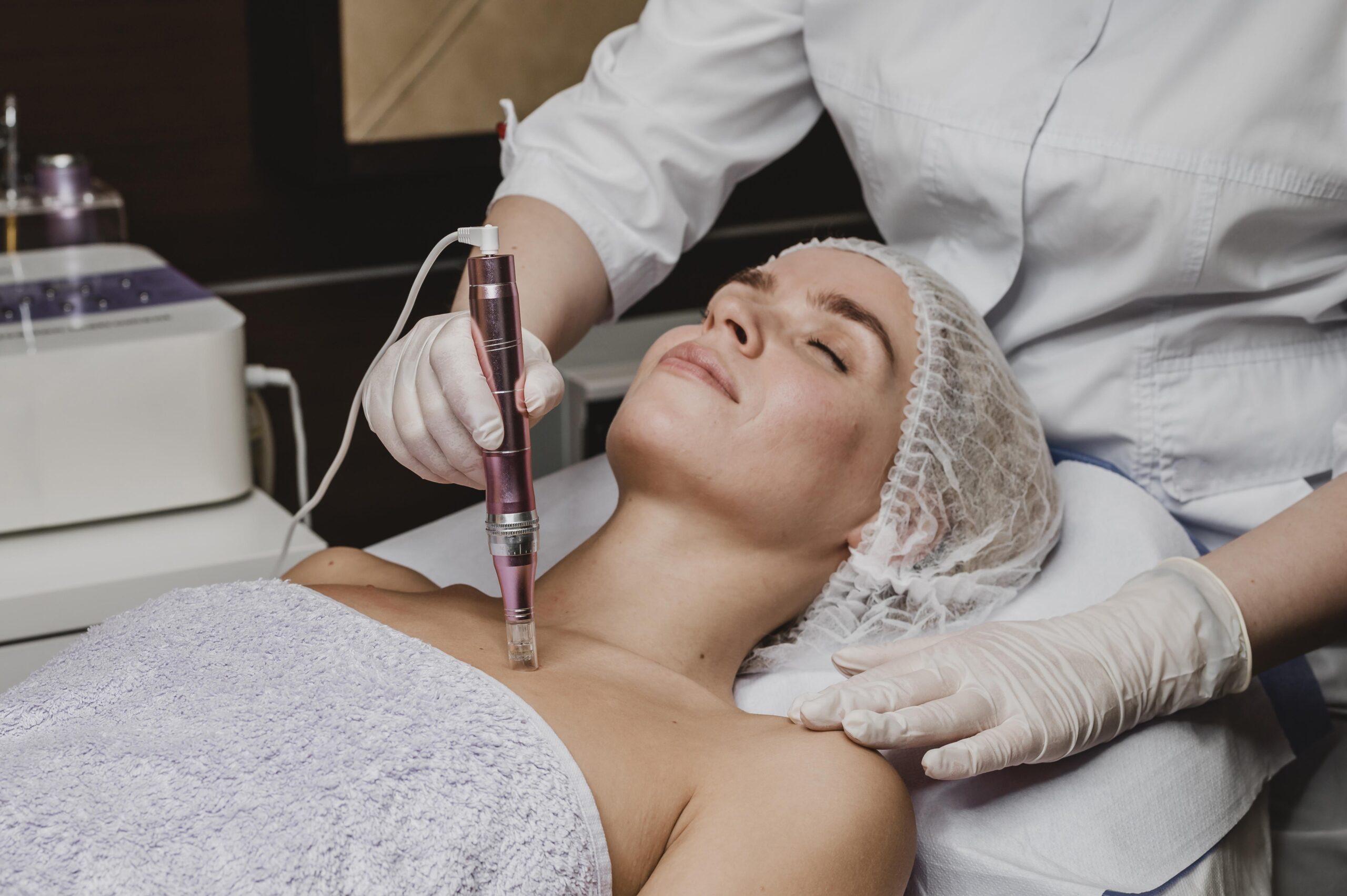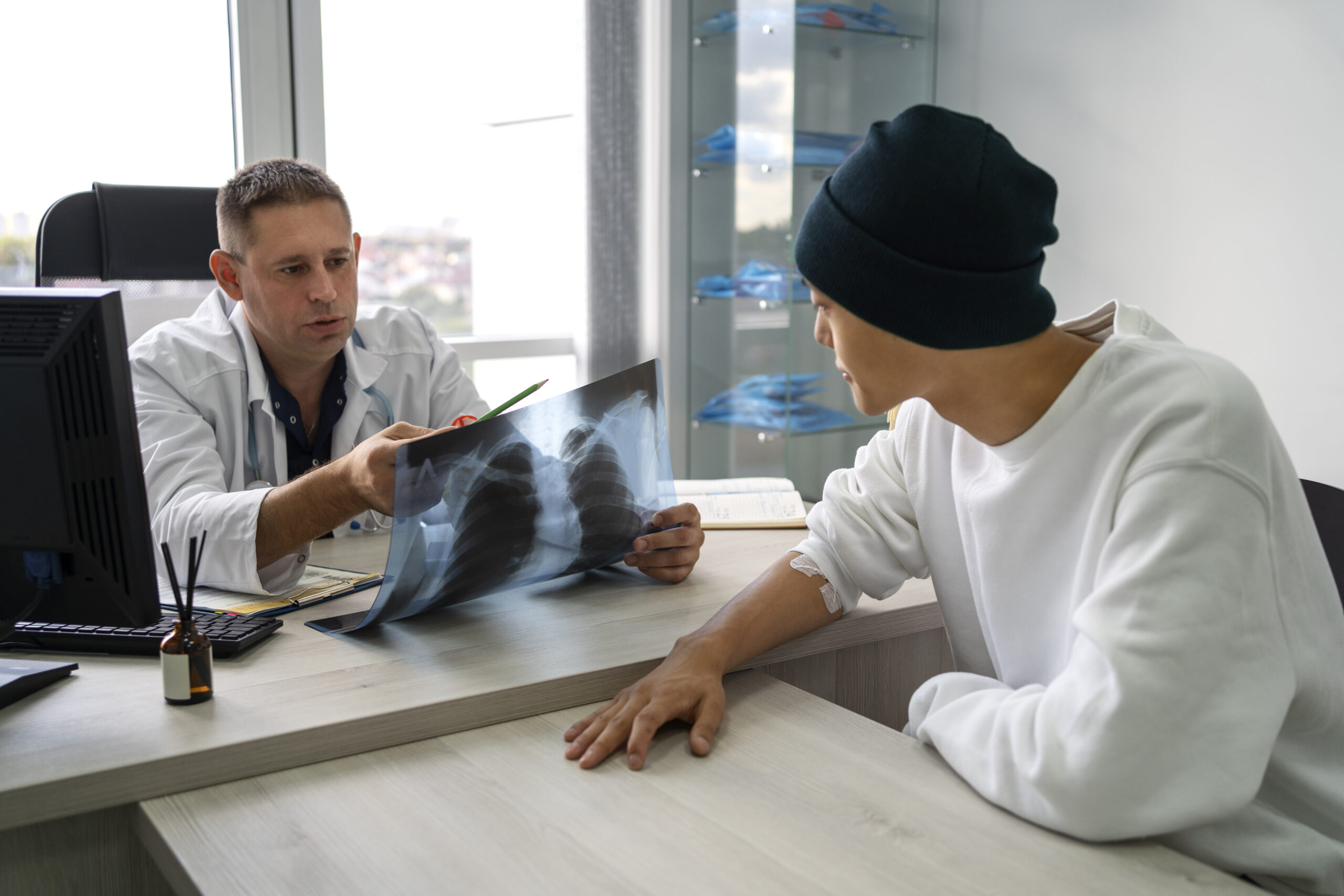Dermal devices have emerged as a transformative force in the fields of dermatology and cosmetic skincare. These innovative technologies harness various methods—ranging from laser therapy to microdermabrasion and radiofrequency—to address a myriad of skin concerns.
1. Aesthetic Treatments
- Anti-Aging Solutions One of the primary applications of dermal devices is in anti-aging treatments. Devices like fractional lasers, radiofrequency (RF) machines, and ultrasound technology stimulate collagen production, effectively reducing the appearance of fine lines and wrinkles. These non-invasive methods allow for significant skin rejuvenation with minimal downtime.
- Acne Treatment Dermal devices also play a crucial role in treating acne. Blue light therapy devices target the bacteria responsible for acne, while laser treatments can reduce inflammation and scarring. Additionally, microdermabrasion helps to exfoliate the skin, removing dead skin cells and unclogging pores.
- Skin Resurfacing For individuals seeking to improve skin texture and tone, dermal devices like CO2 lasers and chemical peels offer effective solutions. These treatments can reduce hyperpigmentation, sun damage, and scarring, leading to a more even and youthful complexion.
2. Medical Applications
- Psoriasis and Eczema Treatment Dermatologists utilize phototherapy devices that emit ultraviolet light to manage chronic skin conditions such as psoriasis and eczema. These treatments can alleviate symptoms, reduce flare-ups, and improve overall skin health.
- Skin Cancer Screening and Treatment Advancements in dermal devices have enhanced early detection and treatment of skin cancer. High-resolution imaging systems allow dermatologists to assess suspicious moles more accurately. In some cases, laser ablation devices are used to remove cancerous lesions with precision.
- Scar Treatment Dermal devices are effective in minimizing the appearance of scars, whether from surgery, injury, or acne. Treatments like microneedling and laser therapy stimulate the body’s natural healing processes, leading to smoother skin.
3. Emerging Technologies
The field of dermal devices is continually evolving, with new technologies on the horizon.
- At-Home Devices Consumer-friendly dermal devices are gaining popularity for at-home use. LED masks, microcurrent devices, and ultrasonic cleansers allow individuals to incorporate professional-grade treatments into their daily skincare routines.
- Personalized Treatments With advancements in artificial intelligence and machine learning, future dermal devices may offer personalized skincare solutions based on individual skin types and concerns, leading to more effective and targeted treatments.
4. Dermal Drug Delivery Systems
In addition to aesthetic and therapeutic applications, dermal devices have paved the way for advanced dermal delivery system that enhance the efficacy of topical treatments. Transdermal drug delivery systems utilize microneedling, ultrasound, or iontophoresis to facilitate the absorption of medications through the skin barrier.
-
Microneedles: These tiny needles create microchannels in the skin, allowing for the effective delivery of larger molecules, such as peptides and vaccines, that would otherwise not penetrate the skin effectively. This method not only improves the bioavailability of drugs but also minimizes systemic side effects, making it an attractive option for localized treatments.
-
Ultrasound and Iontophoresis: These technologies use sound waves and electrical currents to enhance the permeability of the skin, promoting the transport of active ingredients directly into the targeted tissues. This is particularly beneficial for treating conditions like psoriasis, eczema, and localized pain management.
The development of dermal drug delivery system represents a significant advancement in both dermatology and pharmacology, offering patients more effective treatment options with reduced invasiveness. As research continues, these systems hold the promise of delivering a wider array of therapeutic agents, improving patient outcomes in various dermatological conditions.
5. Safety and Considerations
While dermal devices offer numerous benefits, safety remains paramount. It’s essential for users to consult with qualified professionals to ensure the appropriate device and treatment plan is chosen. Potential side effects, such as redness or irritation, should also be discussed.
MORE READ ABOUT:
Kiersti Allie Transformational hope A beacon of women’s Empowerment
Conclusion
Dermal devices are revolutionizing both aesthetic and medical skincare, providing effective solutions for a wide range of skin concerns. As technology continues to advance, the potential applications of these devices will only expand, promising even more innovative treatments for healthier, more radiant skin. Whether for cosmetic enhancement or medical intervention, dermal devices are paving the way for a new era in dermatology.



